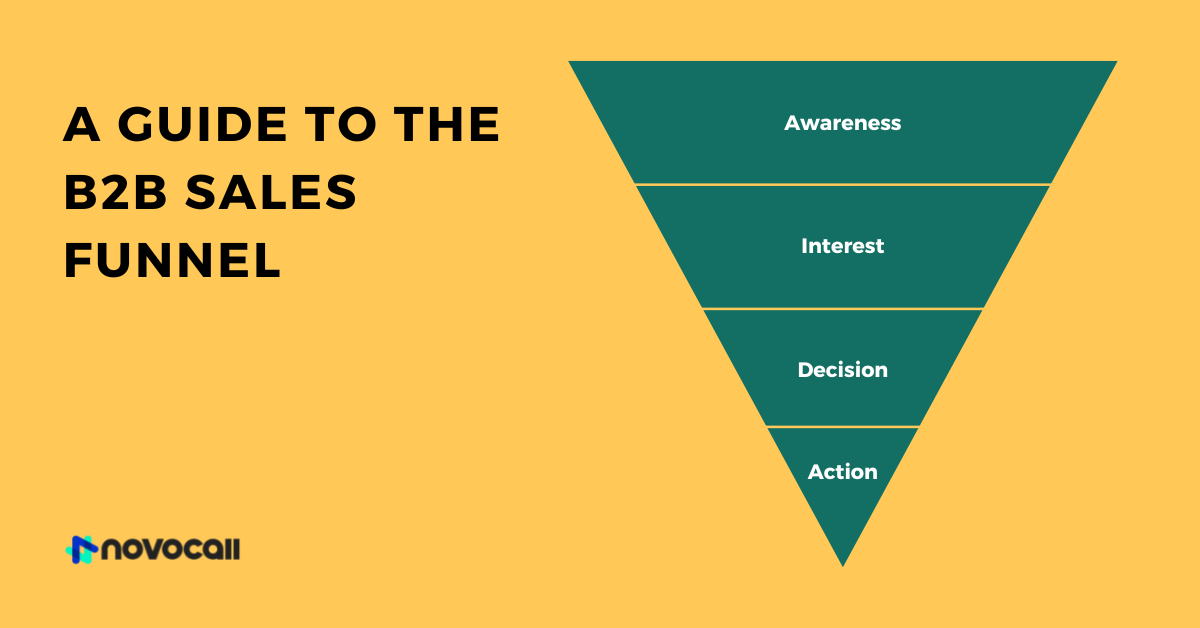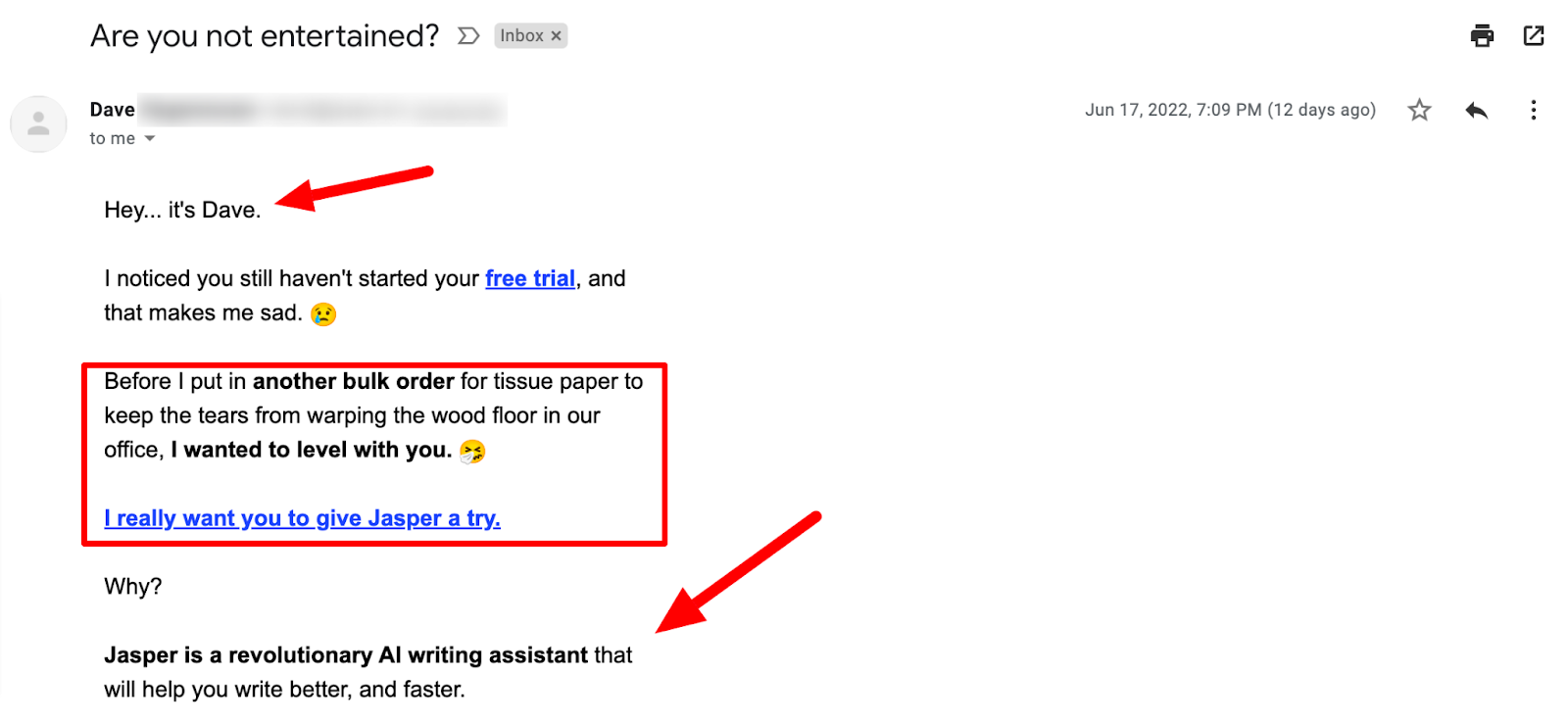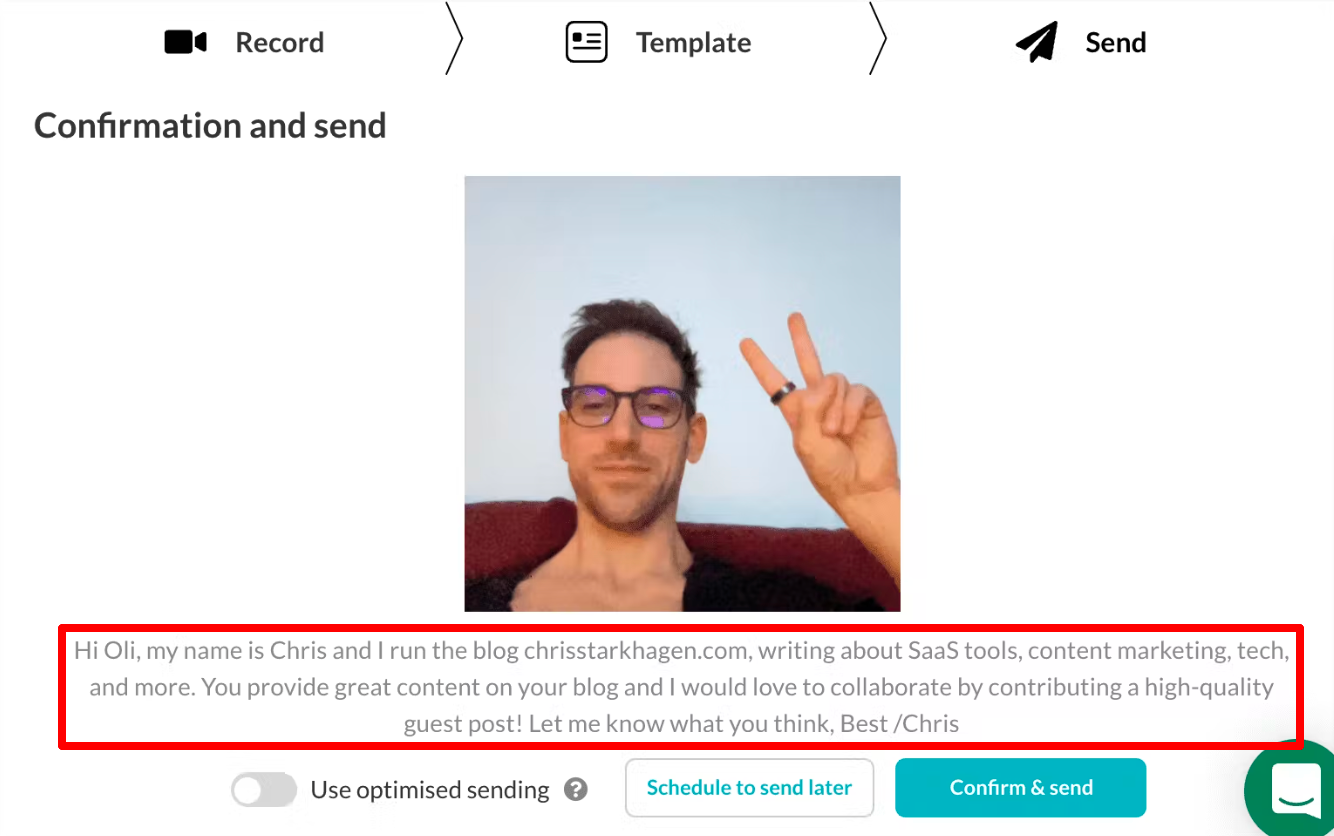


Start driving better conversations.
Novocall will be your new favorite business phone system.

You’re just about to deliver a sales pitch to a client, the pressure is on and you need to make a great impression. You open your mouth to speak but the words don’t come out right. You know what you want to say, but it sounds like gibberish.

Sound familiar?
Yeah, well, it’s okay. We’ve all been there.
A great sales pitch is an art, and even the most well-known entrepreneurs like Elon Musk used a script when making an offer to buy Twitter, so why shouldn’t you?

In this post, we’ll deconstruct the sales pitch, what you should aim for, and dive into sales pitch examples as well. By the end, you’ll know exactly what to do.
Word of caution: Don’t just copy and paste these pitches or you’ll fail yet again — adjust them to fit your unique value proposition.
So the next time that a sales pitch situation comes up, you’ll walk away like the hero that you are. Let’s get started!
First up let’s get the basics out of the way.
Most people think of an effective sales pitch as a sleazy, used-car salesman tactic. But in reality, a well-crafted and good sales pitch is an essential part of any successful business, as with any business marketing.
At its core, a sales pitch is simply a short, persuasive speech that is used to convey the benefits of a product. It’s your opportunity to make your case and convince the other person that you have the solution to the pain points that they have.
There are many key elements of a successful sales pitch, but here are some of the most important ones:
As you can already see, it’s all about making a customer’s life better either by catering to a desire that they have, or a problem they need to solve. Your job as an SDR is to provide the best possible solution.
Copywriting is key to a successful sales pitch. By using the right words, you can supercharge your elevator pitch and increase your chances of closing the sale.
You’ll gain more from understanding these points than just blatantly copying examples, and the points below apply to any form of good sales pitch example and types of outreach.
So without further ado, here are the secrets to writing great copy that will blow your conversion rates through the roof.
Sales pitches can be tricky, but opening with a custom line and a compliment is a great way to hook your prospect and get them interested.
By complimenting your customers about something, let’s say a Twitter thread that they wrote on social media, you immediately show upfront that you’ve taken time to get to know them.
It’s all about them, and in order to get their attention at all, you need to make an upfront investment with your own time and do the research. Nothing is more off-putting than a bland and generic opening when the pitch begins.
Just take a look at your email inbox, any email that doesn’t include your first name is almost equivalent to spam as you know that message went out to hundreds or even thousands of email addresses, and you won’t even read the first line.
If it’s possible, try to establish some kind of authority in your opening line, but remember that it’s all about them. Talking too much about yourself and your accolades is a sure-fire way to ruin the whole thing quickly.
When it comes to your sales pitch, after establishing a little bit of rapport, you want to ask a question that leads to your offer.
If you’re selling copywriting services, it can be as simple as: “I noticed that you have an email list, have you considered sending out the Twitter thread you wrote to the list?”
A simple question, not a sales pitch, but still related to your offer.
The premise is that you want to understand the customer’s circumstances and pain points and if what you’re selling can help their pain point.
This will also focus the attention on them and get the conversation going. The questions help to pique curiosity and get your customer thinking about what you have to offer.
You’ve already established rapport so they know that you have good intentions by this point.
Once you get the conversation going with a few questions and exchanges and start to understand them a bit more, it’s time to move on to the next step.
Social proof and testimonials are king and trumps overall, and if you only get one thing right from this entire article is this: You must include social proof to back up your claims.
This is evidence that shows your product or service works and is worth the investment. You can do this by highlighting testimonials from happy customers, sharing case studies of your work, or showcasing awards and achievements you’ve won.
Additionally, you should always highlight what you’ve done for others. This shows that you’re an expert in your field and that you’re invested in the success of your clients.
When potential customers can see how you’ve helped others, they’ll be more likely to trust you and invest in your product or service.
When giving your sales pitch, it’s important to remember to focus on the benefits you can offer your potential customer.
It’s also crucial to make sure your pitch is tailored to your specific audience. Knowing what your customer wants and needs is essential in creating a successful pitch.
And don’t be afraid to ask questions! The more you know about your customer, the easier it will be to sell them your product or service.
You’ve reached the end of your pitch, and it’s time to close the deal.
Always remember to ask for the sale, sign-up, demo, or whatever it is that you’re trying to achieve. This is your chance to let the prospect know what you want them to do and make it as easy as possible for them to say yes.
If they still have any objections, it’s because they’re still not convinced that what you have to offer will actually benefit them.
The easiest way to combat this is with endless social proof, testimonials, and proof that what you sell actually works. Tweak your words so it would be a no-brainer NOT to work with you.
Some other common closing techniques can include making an irresistible offer through a discount or a special deal just for them. Such as, “If you sign up right now, I’ll give you 50% off for the first 6 months of your subscription, but that is only if you sign up today”.
The deal has to actually be exclusive if you’re to employ FOMO (Fear Of Missing Out).
There’s no denying that the phone pitch is still a key part of the sales process, especially for deals in the 4-6-figure mark.
You’ll rarely close anyone through emails alone at this level, and that is why phone pitching is still king of them all.
Sales pitches can come in all shapes and sizes, but the direct message pitch is one that is getting a lot of traction in 2022 and beyond.
This approach is typically used when you have built some kind of rapport with the person you’re pitching to, and it involves sending a short, tailored message directly to them in the DM’s.
It could look something like this:
“Hey Michael, the Twitter thread you wrote about XYZ was super interesting, I’ve never thought about how sending cold emails several times a day can skyrocket your open rates.
By any chance, have you thought about sending that thread to your email list?”
As more CEOs and businesses hang out on social media platforms, the direct message sales pitch is an excellent way to cut through the noise and go straight to decision-makers, and it’s all about being personal and relevant.
You need to make sure that your message is tailored to the person you’re pitching to, and that you take the time to understand their needs and what they’re looking for. It all ties together with the copywriting secrets we went through above.
If you can manage to create a personal connection and send a relevant message, then you’re well on your way to landing that sale!
An email pitch is a great way to reach potential customers who might be too busy or not interested in talking on the phone.
The primary method for getting in contact with businesses is still via email, and email marketing is a huge venture to dive into.

It’s also a great way to follow up with leads that haven’t been converted yet, and you can even automate the process to an extent.
To write an effective email pitch, you need to make sure your email is brief, personalized, establish you as an authority, and showcases what you can do for them, benefits yet again!
Personalization is key to cutting through the endless emails that people receive on a daily basis to increase your chances of getting a response.
You might be wondering, what’s the next best thing to a face-to-face meeting? A video message pitch, of course!
Video messaging apps are on the rise and let you connect globally with anyone. Nothing establishes credibility more than if a prospect can see your face and get an understanding of who you are via video. It’s also a great way to stand out from the crowd and tailor your message.

There are a few key things to keep in mind when creating a video message pitch:
Following these tips will help make sure your video message pitch is effective and memorable.
Sales pitches can either make or break your opportunity to seal the deal. But with the right information, you can create powerful sales pitches that will make your potential customers want to buy from you.
In this article, we revealed key elements of a successful sales pitch, and the tips are almost guaranteed to improve your pitching skills.
Now it’s time to take action. What will you improve in your sales pitch process?

Chris is an engineer turned synthesizer, combining tech expertise with content marketing. Chris writes at chrisstarkhagen.com, and carefully curates the best tools for new technical trends, content creation, and marketing.
Related articles
Subscribe to our blog
Get insights & actionable advice read by thousands of professionals every week.

